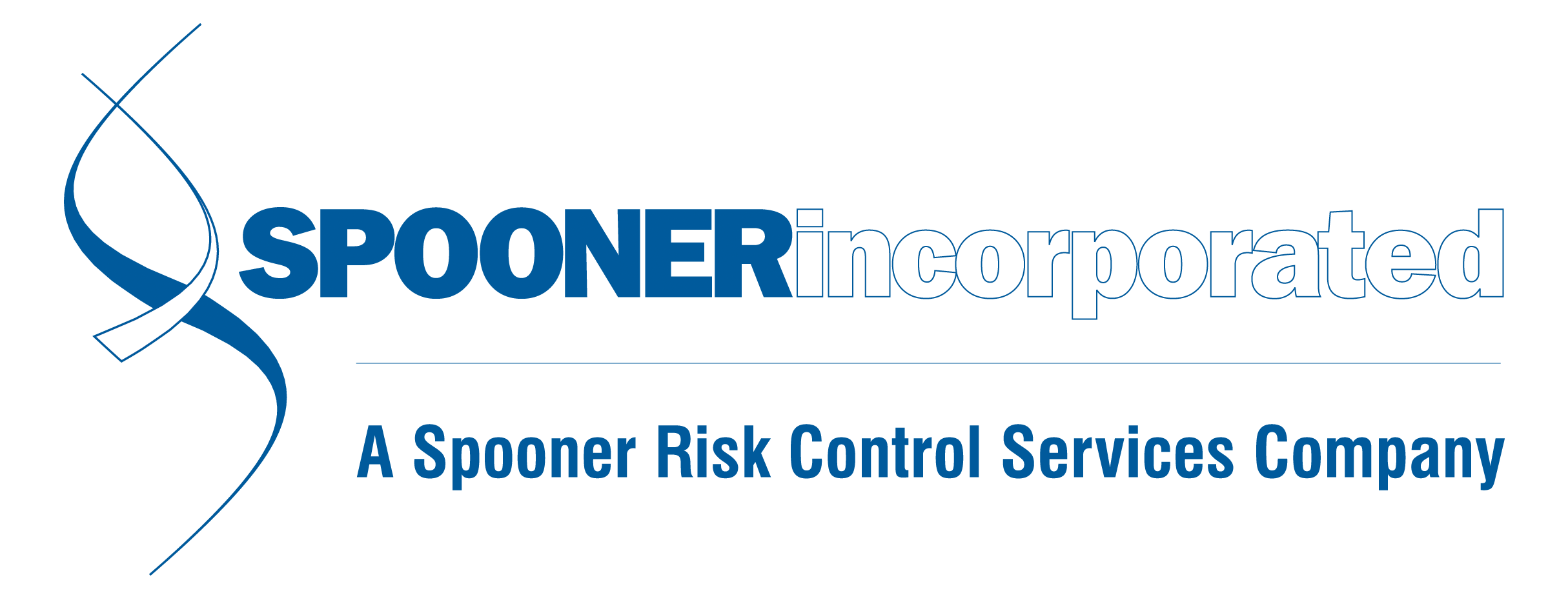News and Updates
Month: May 2024
BWC Deadlines and Program Changes
With the BWC policy year coming to a close at the end of June, here are some reminders for upcoming deadlines that may apply to your policy. If you have any questions about these programs or deadlines, please reach out to your Client Services Manager at Spooner Inc. May 31 Drug Free Safety Program application deadline for 2024 policy year Transitional Work Bonus application deadline for 2024 policy year* June 21 First premium installment due for 2024 policy year June 28 Deadline for Grow Ohio safety requirements for newer policyholders whose coverage became effective between July 1 and December 31 of 2023 *The Transitional Work Program is slated to end on 7/1/2025 for private employers and on 1/1/2025 for public employers. We’ll have more information on this as it becomes
Is a PEO the Right Fit for Our Nonprofit Organization?
Joining a PEO is a great way for nonprofits to not only save money on operating costs, but to hand off the compliance burden so they can focus on their staff and mission. Some nonprofit organizations worry that the logistics of partnering with a PEO (particularly payroll being reported under a different FEIN) could impact their ability to receive grant funding. Every nonprofit has a cognizant agent/agency, which is where most of the organization’s funding comes from. Nonprofits should check with their cognizant agency to make sure processing payroll under another FEIN won’t be an issue, but our team has been unable to locate any situations where this would be a roadblock for funding. Nonprofit agencies have a lot to gain from working with a PEO. Since many of these organizations are operating on a shoestring budget and staff, compliance issues can either be backburnered or done incorrectly because of staffing and skill set limitations. Even things like payroll and employment taxes can be intimidating for a team whose mission is to fulfill a need in their community – not to be payroll experts. Partnering with a PEO takes payroll and the associated headaches off the organization’s plate, and they can also help with FMLA, unemployment, and HR & safety concerns. In addition to offloading work, there’s also the big advantage of savings. A PEO that is self-insured for workers’ compensation can help nonprofit
Preparing for BWC True Up
The end of the Ohio BWC policy year will be ending on June 30th, which means it’s time to start thinking about your payroll True Up. Whether you’re an employer who reported late, not at all, or were unable to pay a resulting balance – you’re one of thousands who may have been removed from Group Rating, Group Retro or several other programs as a result. BWC takes timely reporting and balance payment very seriously, so it’s important that Ohio employers do as well! Most employers are familiar with the process and requirements by now, but here’s a recap for new policyholders and the uninitiated: BWC’s policy year runs July 1 through June 30. Ohio BWC uses payroll from two years prior to determine your premiums. If you’re a new policyholder, the payroll projection made on your application is used to calculate premiums. When the policy year ends, policyholders have from July 1 until August 15 to report their actual payroll from the past policy year Actual payroll is compared to projections that your premiums were based on, and there are three potential outcomes: break even, the employer owes BWC or BWC owes the employer. Any balance owed by the employer must be paid at the time of reporting to be considered current and in good standing. There are currently no options for payment plans outside of the balance being turned over to the Ohio Attorney General’s office. BWC’s billing hierarchy d

